Join the Summer Book Study to discuss it with others! We start in less than a week!
Amazon: bit.ly/OptLearn
Amazon: bit.ly/OptLearn
Here's some information on the book:
Imagine a classroom where self-driven, collaborative learners fill the space. Students who possess the ability to navigate their educational journey with confidence, purpose, and a clear sense of direction, equipped with the skills to conquer any task, big or small. Everywhere you turn, you see students wisely managing their time, completing tasks with accuracy, and handling setbacks and conflicts independently and with maturity.
These students possess a profound understanding of what needs to be done, how to do it, and the motivation to excel in their work. They aren't in a race to finish first, nor do they constantly rely on the teacher for directions. They don't waste time or veer off-task; instead, they have a clear grasp of expectations and possess the tools, drive, and determination to accomplish their work with excellence.
This is the kind of classroom that Optimized Learning is designed to create. Jump in and get started! You and your students will be really glad you did!
Optimized Learning - 180 Mini-Lessons That Transform Today's Students Into Confident, Capable and Collaborative, SELF-DIRECTED LEARNERS
Imagine a classroom where self-driven, collaborative learners fill the space. Students who possess the ability to navigate their educational journey with confidence, purpose, and a clear sense of direction, equipped with the skills to conquer any task, big or small. Everywhere you turn, you see students wisely managing their time, completing tasks with accuracy, and handling setbacks and conflicts independently and with maturity.
These students possess a profound understanding of what needs to be done, how to do it, and the motivation to excel in their work. They aren't in a race to finish first, nor do they constantly rely on the teacher for directions. They don't waste time or veer off-task; instead, they have a clear grasp of expectations and possess the tools, drive, and determination to accomplish their work with excellence.
This is the kind of classroom that Optimized Learning is designed to create. Jump in and get started! You and your students will be really glad you did!
Optimized Learning - 180 Mini-Lessons That Transform Today's Students Into Confident, Capable and Collaborative, SELF-DIRECTED LEARNERS

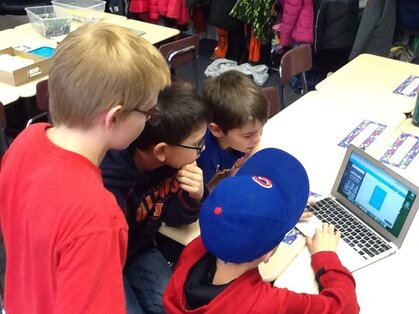
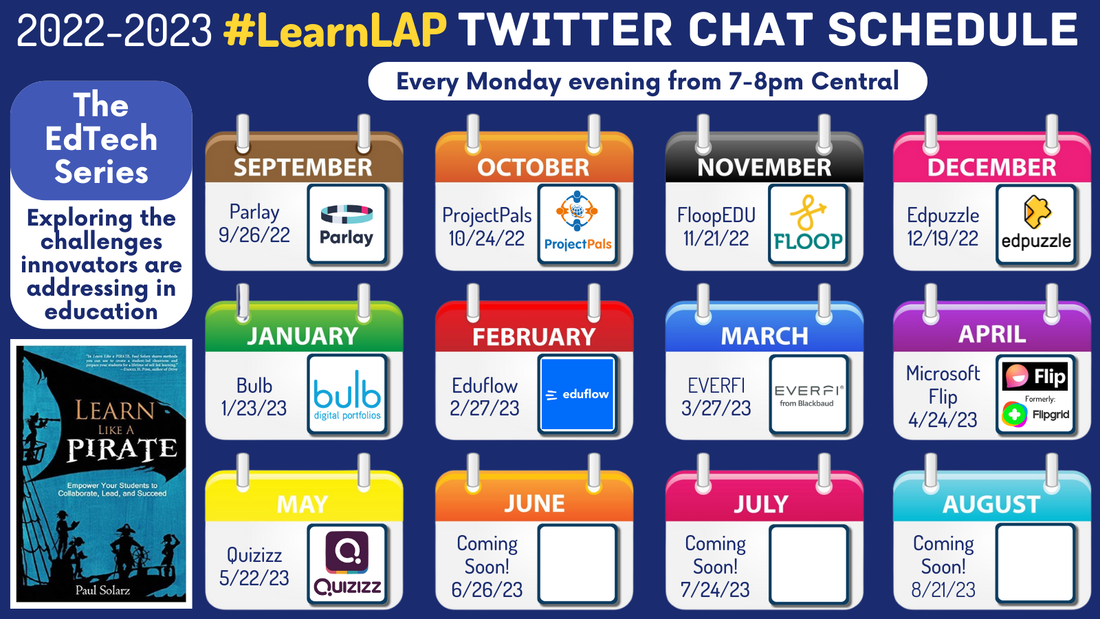
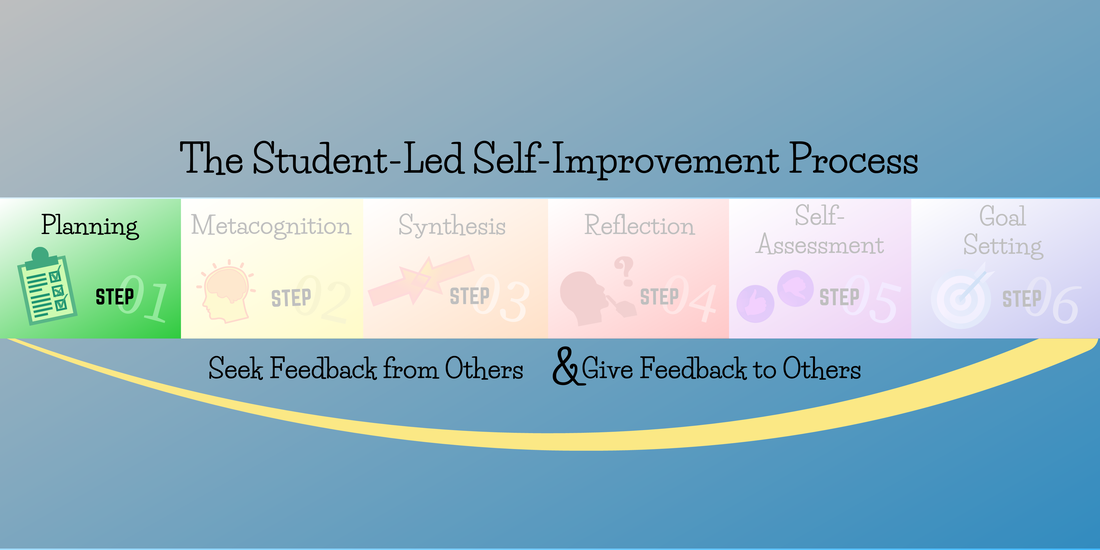
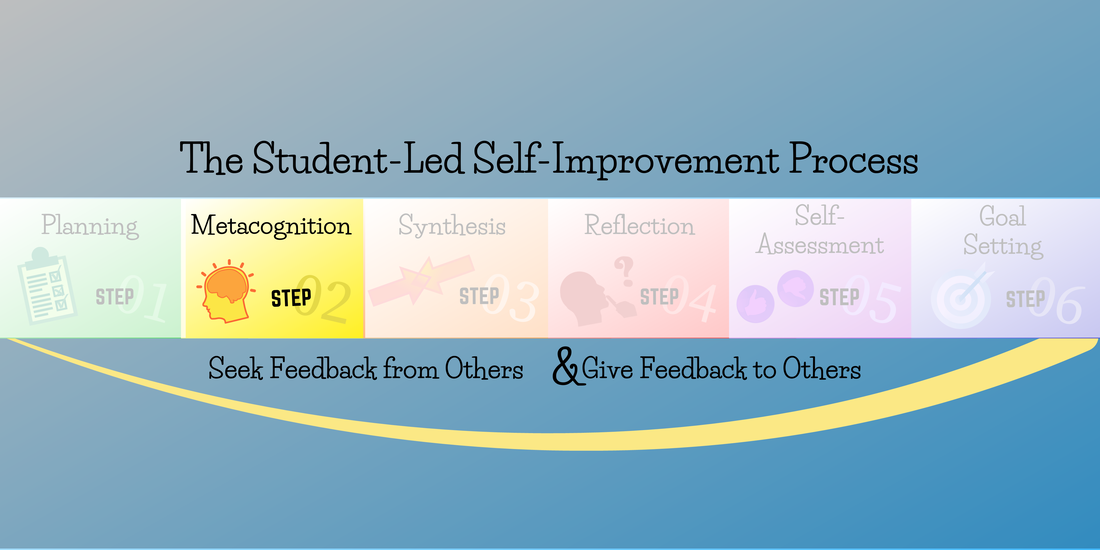
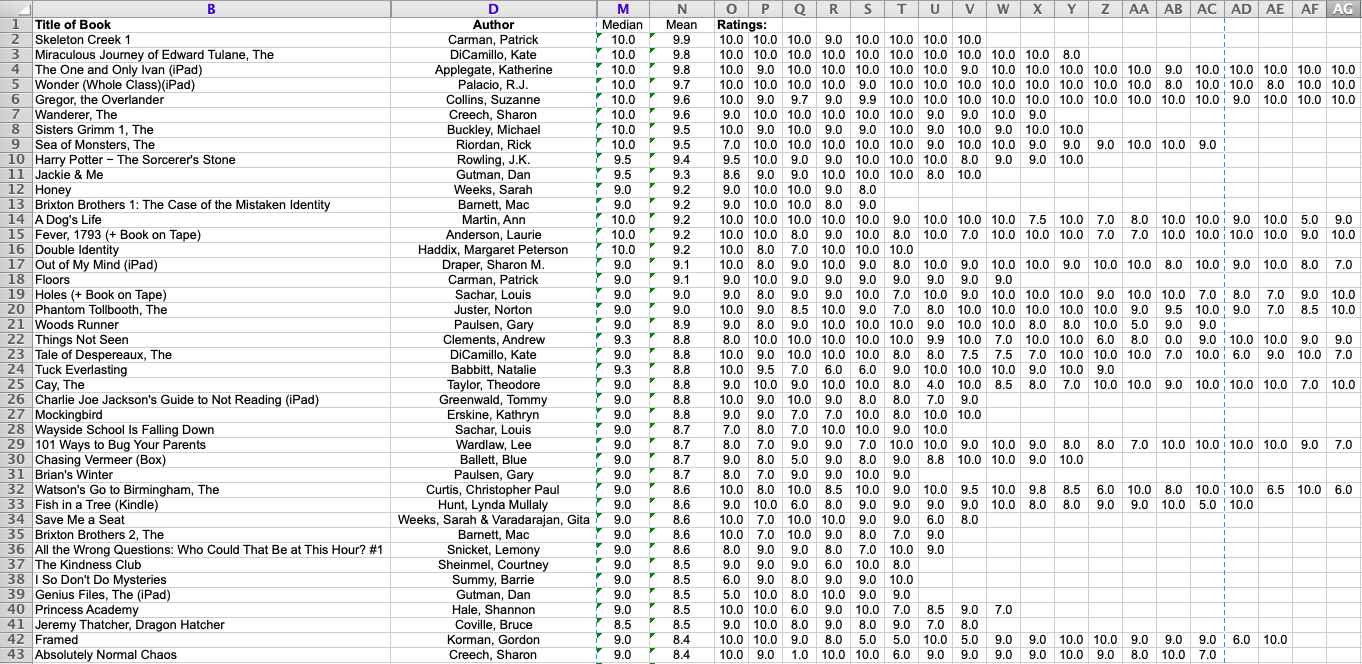

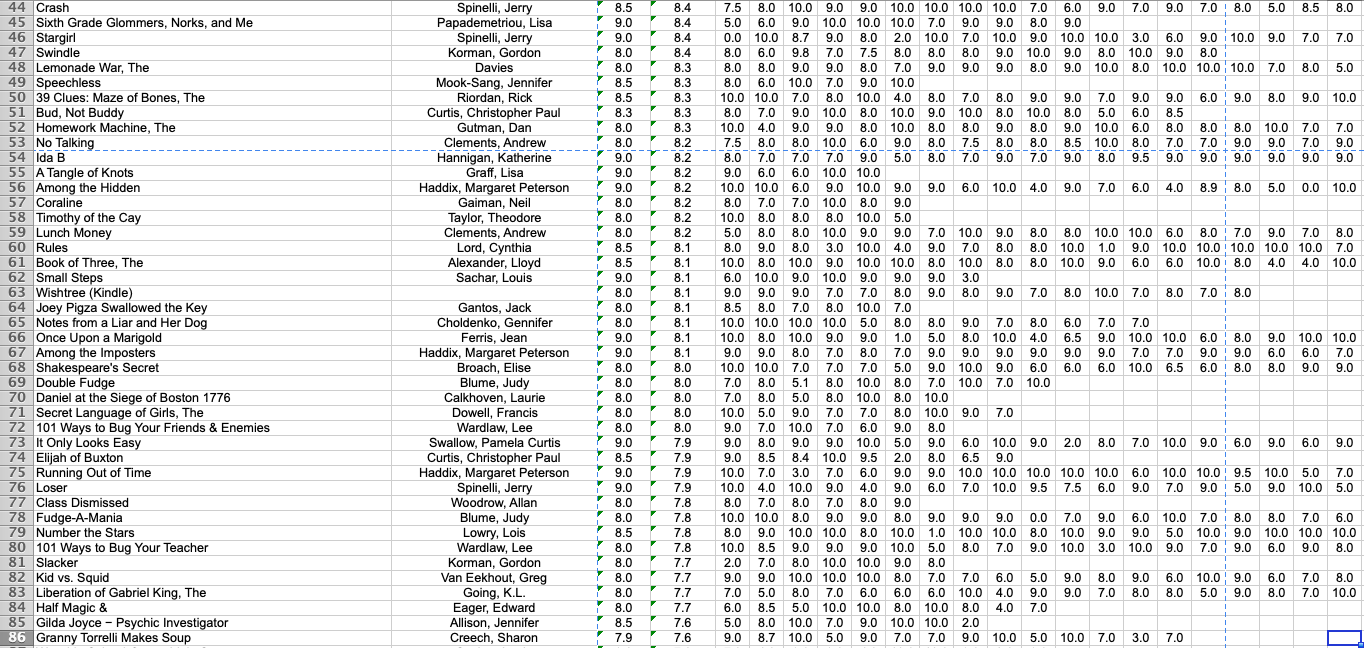


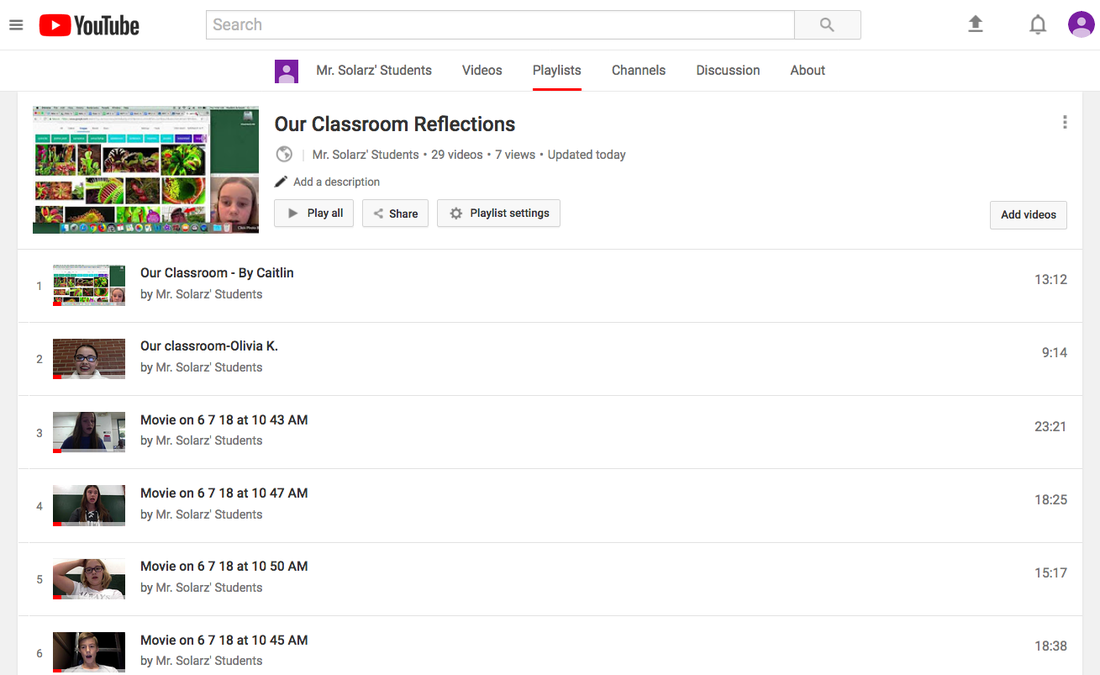

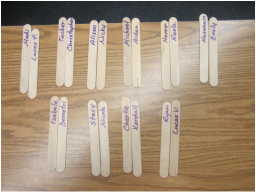
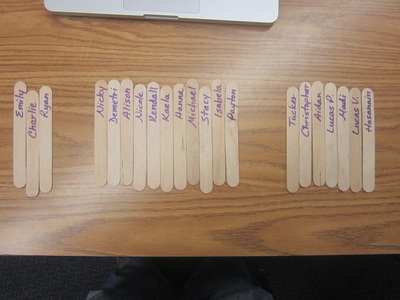
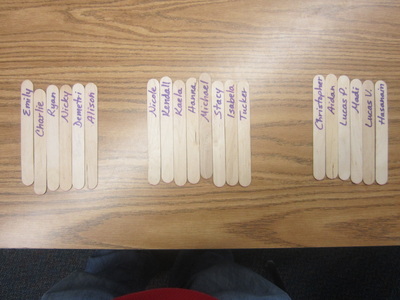
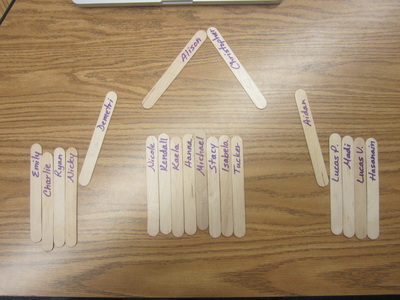
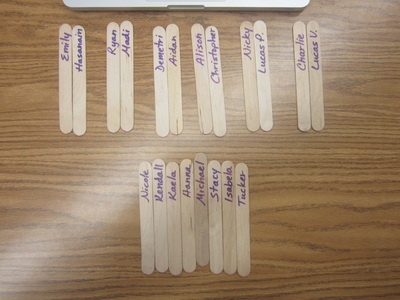
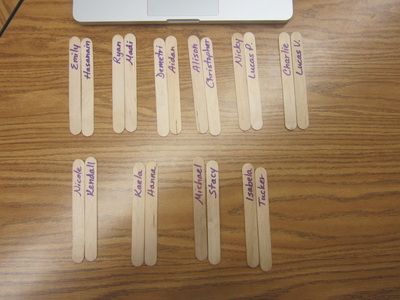
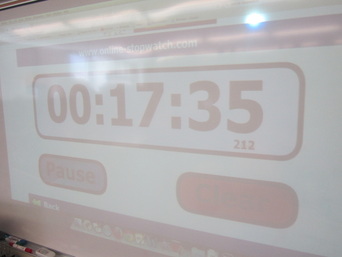
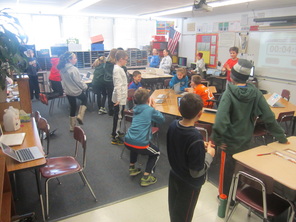
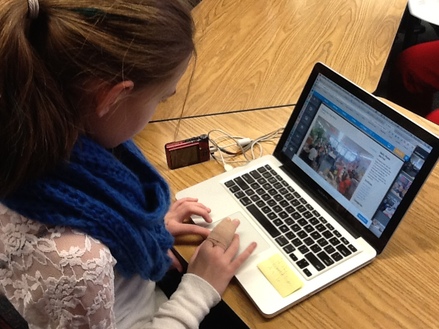
 RSS Feed
RSS Feed